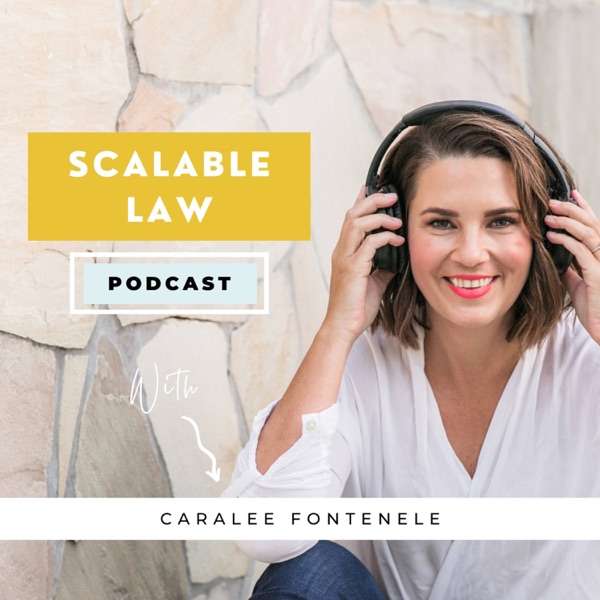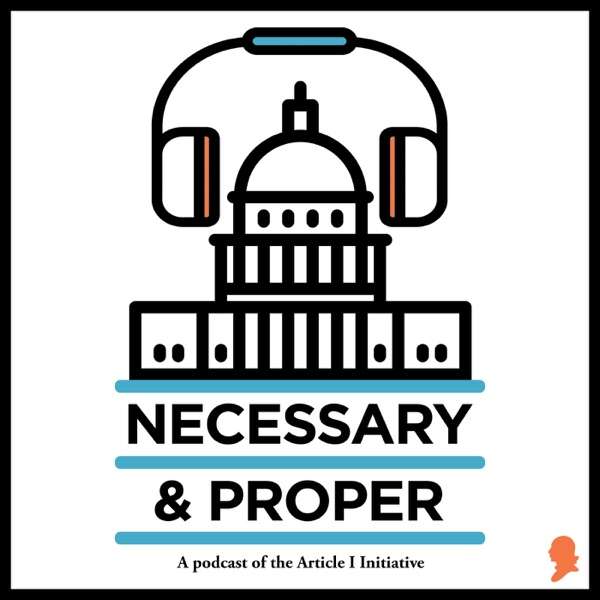Sen. Mazie Hirono's newly released book, Heart of Fire: An Immigrant Daughter's Story, is part political memoir and part love letter to her family and the state she represents.
As Hawaii's first female senator, and the only immigrant currently serving in the U.S. Senate, Hirono had a set of unique obstacles to overcome.
One of Hirono's strongest influences is her mother, Laura Hirono, who passed away at 96 shortly before this episode was recorded. After escaping an unhappy marriage in Japan to an abusive man, Laura Hirono brought her two eldest children back to her birthplace of Hawaii when Mazie Hirono was seven years old, with her youngest son and parents joining them later.
The economic hardships the Hirono family endured were formative for Hawaii's future Democratic senator. Her campaigns to provide economic support and healthcare for families, as well as her strident opposition to the Trump administration's family separation policy, were bolstered by her personal experiences. Her speech against ending the Affordable Care Act, made mere days after a major surgery to treat kidney cancer, was the first time she spoke publicly about the childhood death of her sister back in Japan–a death that might have been preventable if the family could have afforded medical treatment.
In this episode of the Modern Law Library, Hirono talks about how the Trump administration made her decide to use her voice in a different way, and what it's been like to serve in the Senate after the Jan. 6 insurrection.
Hirono also discusses her service on the Senate Judiciary Committee, including the tumultuous Supreme Court nomination hearings of Justice Brett Kavanaugh and Justice Amy Coney Barrett. She shares her thoughts on the importance and limitations of civility, and how taking up one of her mother's favorite forms of artwork has helped her as she's survived cancer treatments and governmental upheavals.

 Our TOPPODCAST Picks
Our TOPPODCAST Picks  Stay Connected
Stay Connected







